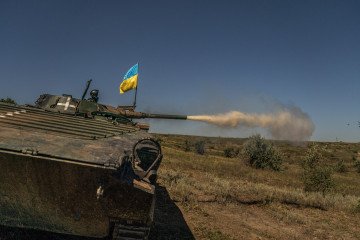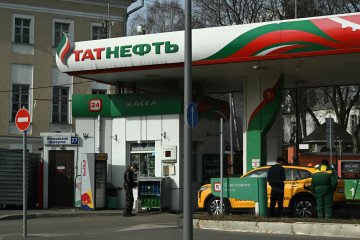- Category
- Latest news
Russian Forces Deploy Anti-Aircraft Missile System Near Public Beach in Occupied Sevastopol, Endangering Civilians
In the temporarily occupied city of Sevastopol, Russian forces have deployed the TOR-M2KM anti-aircraft missile system dangerously close to a public beach, threatening local residents. This move has been reported by the partisan movement “ATESH,” highlighting concerns over the safety of civilians in Crimea.
The TOR-M2KM, part of the TOR (SA-15 Gauntlet) family, is a sophisticated surface-to-air missile system designed for robust air defense at the division level. It’s built to protect critical military and economic assets from a variety of airborne threats, including aircraft, helicopters, and drones, including those using stealth technology. Originally developed in the Soviet Union and later enhanced by Russia, it features advanced radar systems for swift detection and engagement of hostile targets.
The system can operate autonomously, identifying and engaging threats without human intervention, which raises significant safety concerns, particularly when deployed near civilian areas such as beaches. Equipped with the 9M330 missile, it can intercept targets up to 12 kilometers away and at altitudes ranging from 10 meters to 6 kilometers. Its high mobility and quick reaction capabilities make it highly effective in dynamic combat environments, suitable for rapid deployment scenarios.
Russian-occupied Crimea, with over 233 military installations, is one of the most fortified zones in the Ukraine war. Historically, Russia has viewed the peninsula as a strategic military asset, often referred to as the “unsinkable aircraft carrier.” Since the illegal annexation in 2014, Russia has expanded its military presence in Crimea, including the key port city of Sevastopol, home to the Black Sea Fleet. Recent Ukrainian operations have targeted these military positions, located dangerously close, and some believe, strategically close, to civilian areas, raising questions about the safety of civilians living near these installations.




-72b63a4e0c8c475ad81fe3eed3f63729.jpeg)


